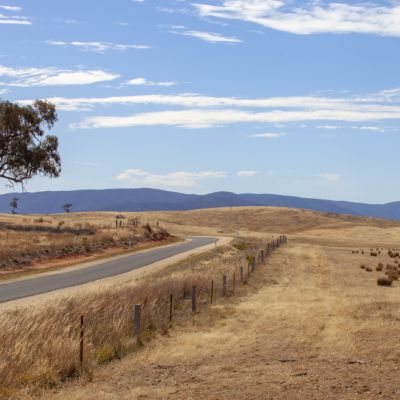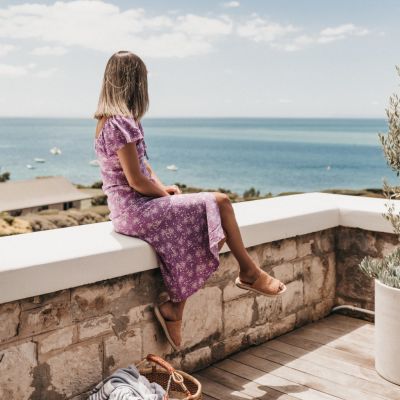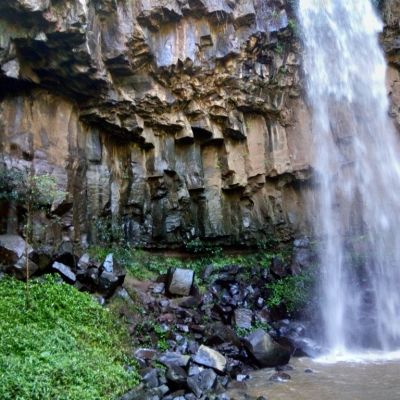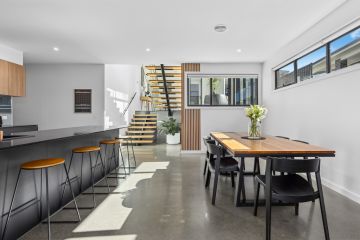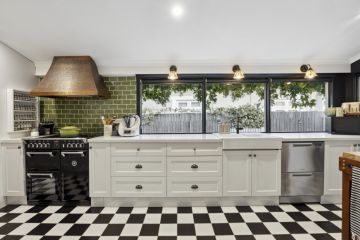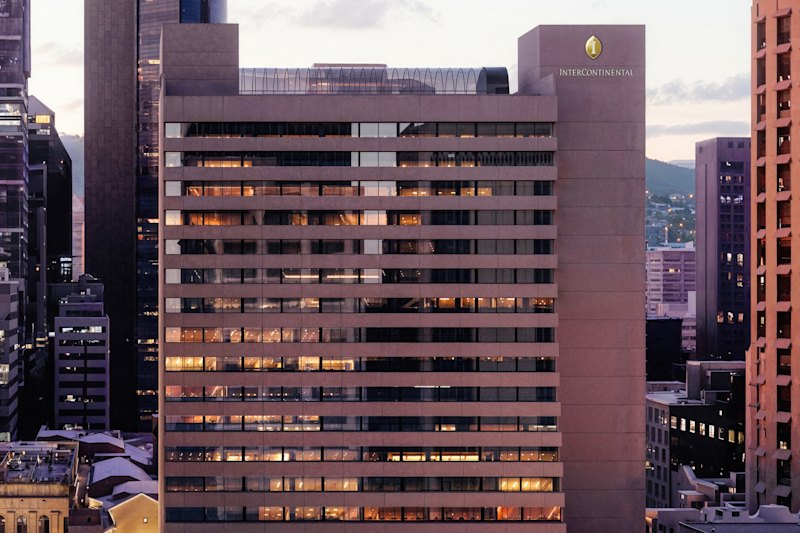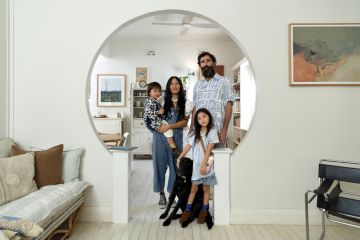Escape to Binnaway, New South Wales: The town that offers 65,000 reasons to never leave

Putting up with a few corny jokes is part and parcel of living in Binnaway.
Binnaway? Nah, I never left.
Binnaway? Haven’t we all.
But the joke’s on anyone who doesn’t live in the central-west New South Wales town because house prices are low. Ridiculously cheap.
In the past two years, the most affordable sale was for a three-bedroom house on a 1889-square-metre block for $65,000.
It was a run-down weatherboard home, but still only a three-minute walk from the train station, and it is a 20-minute walk to the local pub.
At the other end of the scale, the most expensive sale in the past two years was $400,000 for a three-bedroom home on a 40-hectare property.
So, buyers can easily nab a family home on a generous piece of land for $200,000 – a price tag buyers in Sydney and Melbourne haven’t seen since the mid-nineties.
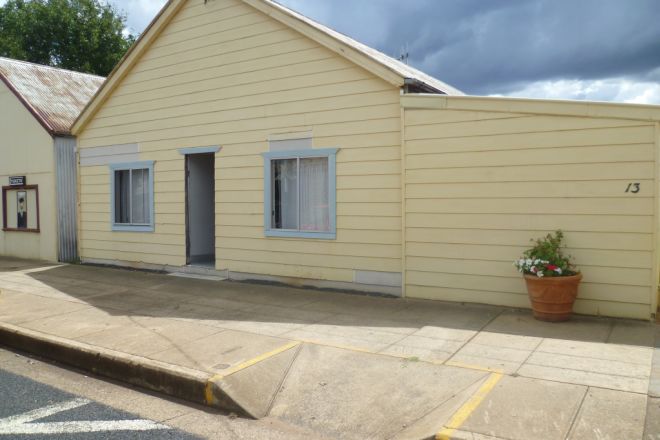
This three-bedroom house in Binnaway is asking $130,000.
This isn’t the only appeal of the small country town. Binnaway is home to a thriving community full of locals who are busy keeping it buzzing along with events, fundraisers and social and sporting clubs.
In the past four years, the town has gone through something of a renaissance thanks to the work of dedicated volunteers.
The footy club has been revived after 15 years in the dark, the tennis club is open again after years of closure, and the local agricultural show has recently won huge grants to buy new facilities.
Locals feel like Binnaway is on the up. And rightly so.
Population: 602 as of 2016 Census.
Who lives there?
Jane Phillips met a Binnaway farmer and not only fell in love with him but also his hometown. She left Dubbo, and the pair now have two young children, aged two and four, who are equally mad about the town.
Bringing up kids in the country is magic, said Phillips.
“It’s a small town, but it’s got quite a lot of beautiful natural surrounds,” she said.
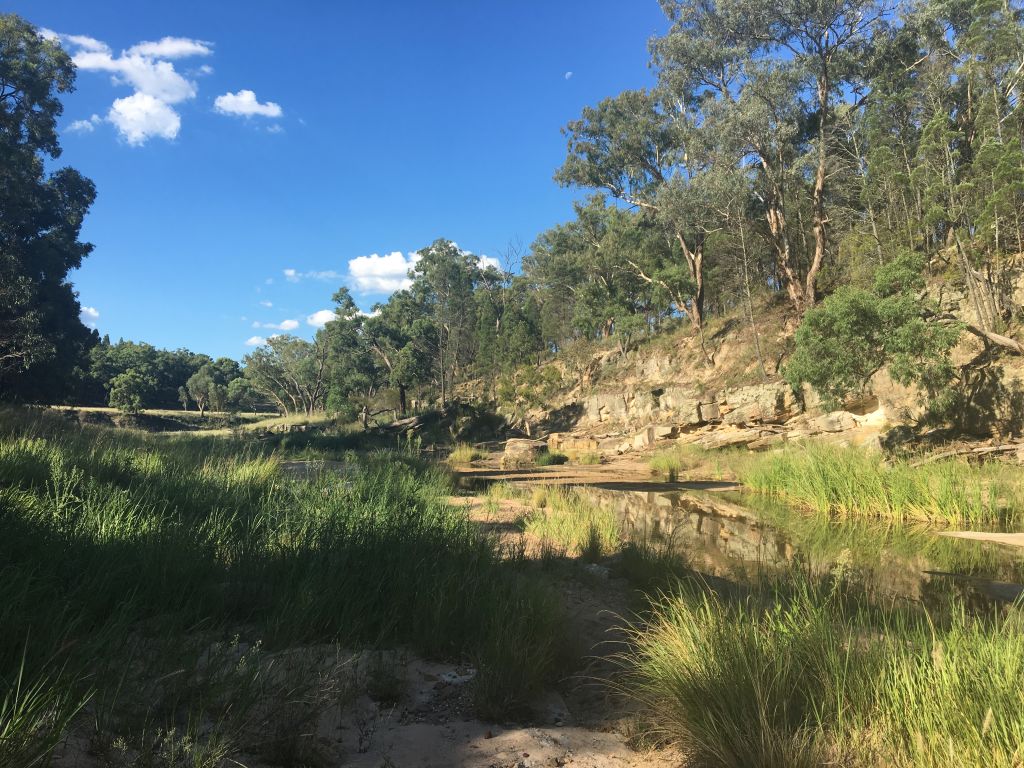
“It’s halfways between the Coolah Tops National Park and the Warrumbungle National Park. It’s quite a picturesque little town; it’s got the beautiful Castlereagh River running through it.
“I regularly take my two children for walks into the local reserve. My son loves to climb the trees, and we make little leaf boats in the creeks, look for echidnas and roos. They love getting out and about.”
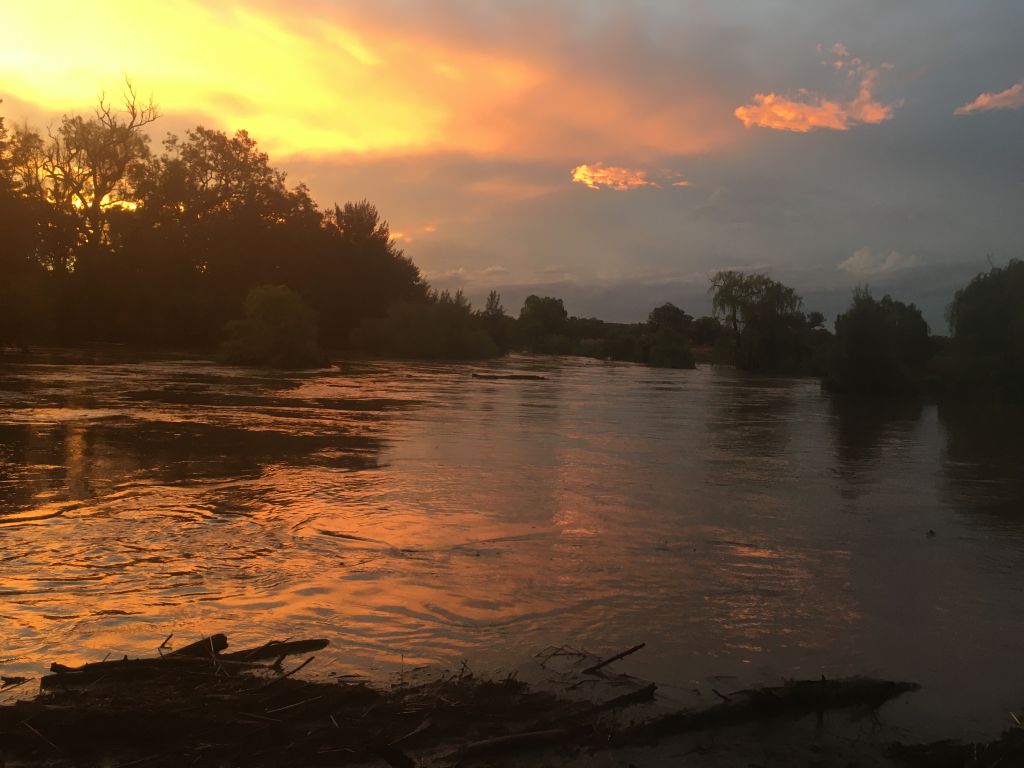
In 2019, Phillips and a team of volunteers got to work on reopening the Binnaway Tennis Club. It took them three months of cleaning out club rooms, weeding the courts and filling out forms, but social tennis matches are now officially back on in Binnaway.
“The club hadn’t been functioning for a few years, so I had a chat to a few people to see whether people would be interested in getting social tennis happening again, and they were, so we had a few working bees and got the courts up to scratch and got affiliated with Tennis NSW,” Phillips said.
“Now we’re getting new signs, and we’re getting grants to try to get the courts resurfaced. It’s become a bit of an asset for the community.”
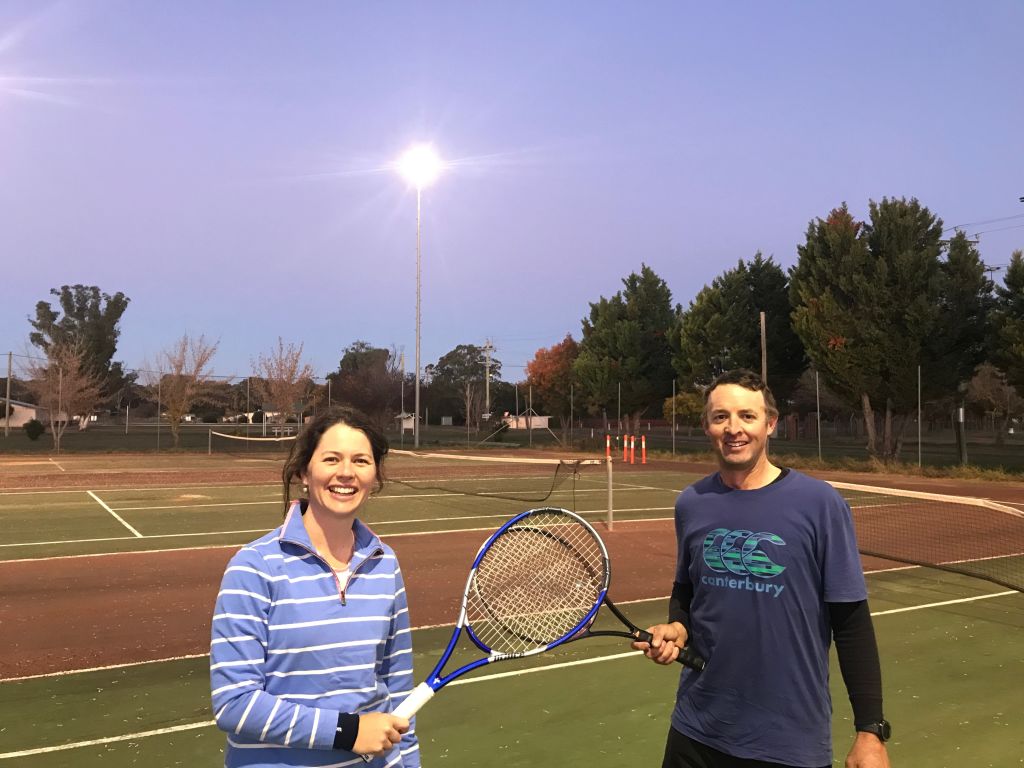
What happens there?
For a town of just over 600, Binnaway punches above its weight in the events department. There’s the Binnaway Show in February, the Binnaway Races in May and the Railway Bowls Day in October.
The Binnaway Show attracted more than 1100 people, almost doubling the normal crowd size.
“In an average year, we would get about 600 people through the gate, but this year there were a couple of other shows that didn’t go ahead like the Coonabarabran Show and with COVID, people were keen to get out, so we had a much bigger crowd than we expected,” said Jim Larkin, Binnaway Show Society treasurer.
The show is a four-day event, including an arts day and young judges event that attracts 200 local students who want to learn agricultural skills.
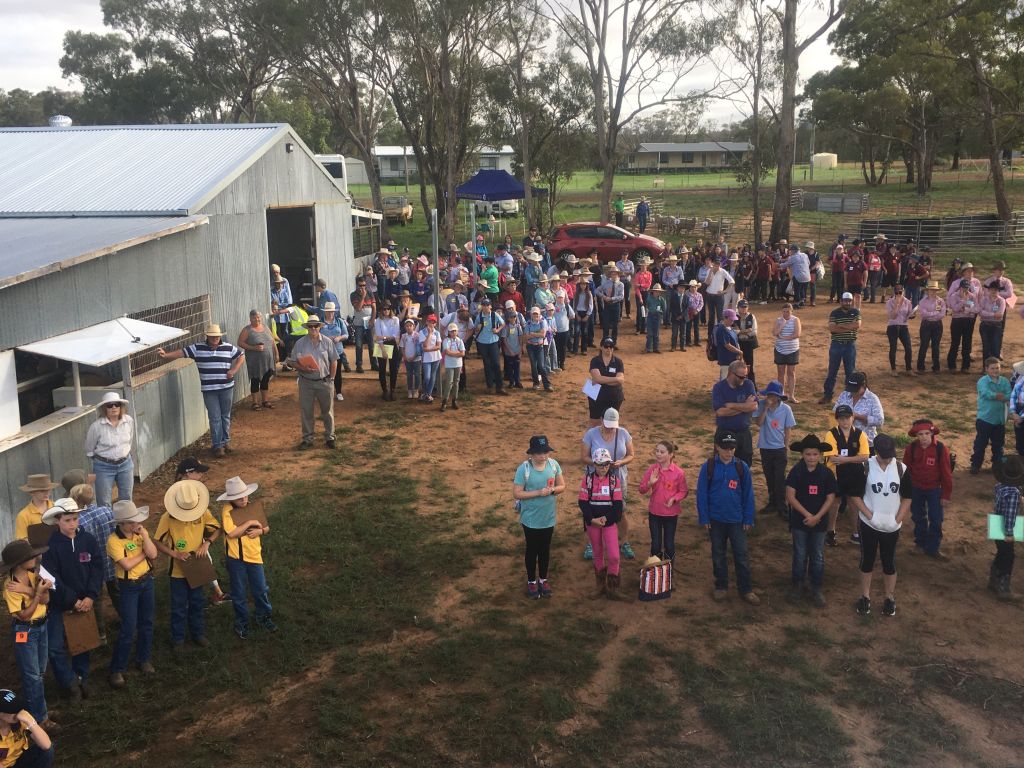
In the past two and a half years, the show society has earned $250,000 worth of grants for improvements to local facilities, including a multipurpose arena.
Larkin said a good mix of young and old energy in the show society committee had produced great results for the community.
“We’ve still got some older members who have been there for a very long time and who are still very active, but we’ve just got a run of younger members who hold executive positions – so in their thirties and forties – and a bit of fresh blood always helps,” he said.
“There’s a lot of work in it, but we have a really strong committee at the moment that has that ‘get in and get things done’ attitude, and nothing’s too hard.”
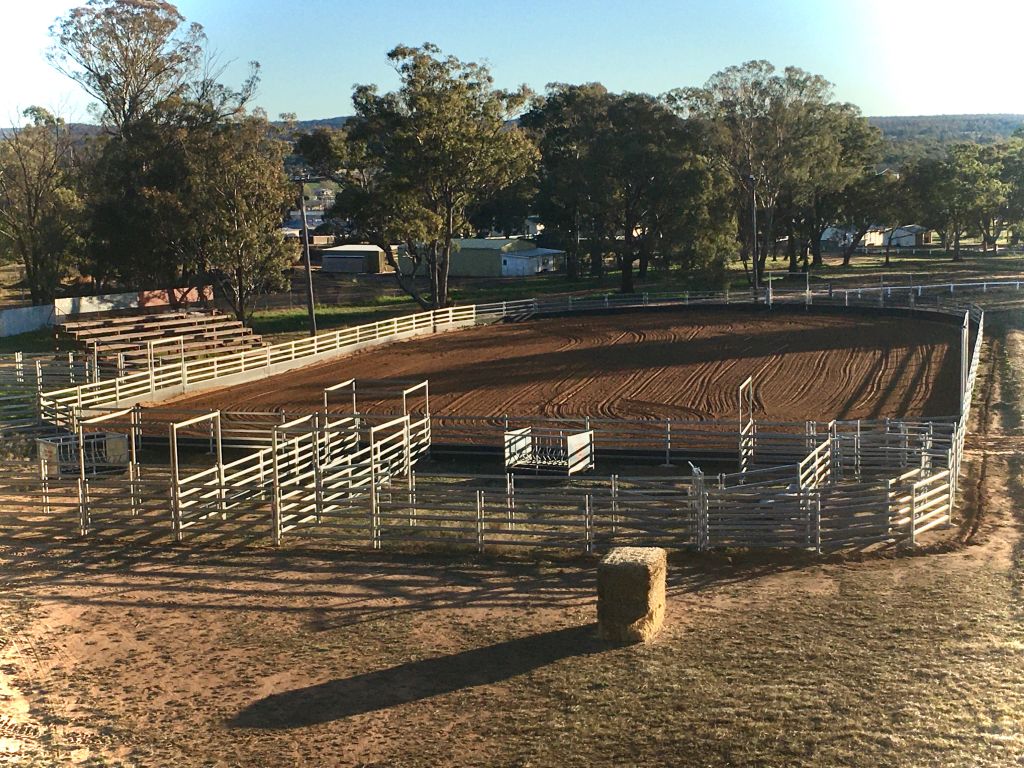
In addition to the show society and tennis club, Binnaway has active football, bowling, rifle and golf clubs.
There’s also a Rail Heritage Society and Binnaway Progress Association, which is spearheaded by community stalwarts Marg and George Healy.
The association raises money through a handful of community facilities, including the Binnaway Pumphouse Reserve Campgrounds, which is free, but campers pay $2 for hot showers.
“Any fundraising or money we get [goes] straight back into the town to improve things,” Marg explained.
“So, we pay for the breakfast club for the kids at school, we fund the youth worker, and we have just recently started on a streetscape project based around the history of Binnaway, so we have just installed two photo history boards into some empty shop windows, and they look amazing.”
What’s life like?
Life can be as busy or as quiet as you like in Binnaway. Sandra and Mick McCaw moved there 13 years ago for the small country town vibe, but it’s been anything but quiet for them.
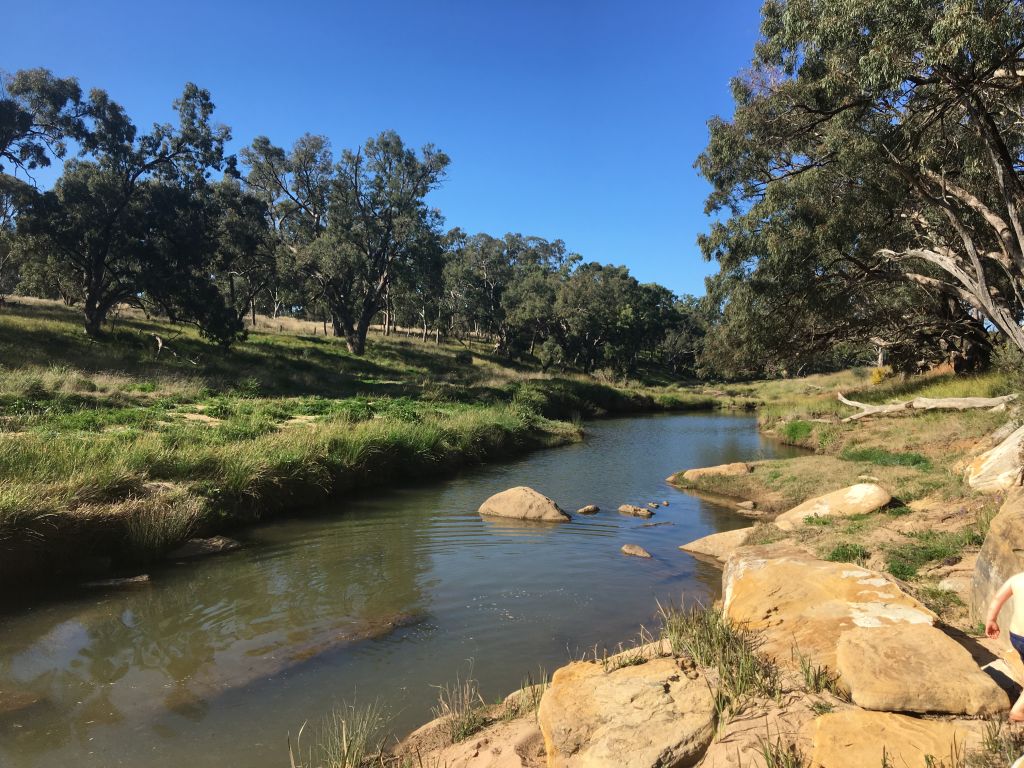
In addition to their full-time jobs, the couple have volunteered at the Binnaway Central School’s parents and citizens group, the golf club and, as of four years ago, the footy club.
The Binnaway Bombshells have been up and running for the past four seasons thanks to volunteers like the McCaws, who have resuscitated the club after more than 10 years in hibernation.
“They closed because they just didn’t have enough players, so we had to get new players and get it reformed again, which was a lot of work,” Sandra explained.
“So far, it’s been going quite well. It’s been competitive, but we haven’t won a grand final or anything like that … we’re working on it.”
Binnaway’s isolated location – a four-hour drive from Newcastle to the east and an hour and a half drive to Dubbo in the south – means players from the club’s under-18s and women’s teams have to travel up to five hours to get to some grounds.
The town’s heritage as a railway hub means it’s still connected via train, but only for freight, not passenger travel.
While this is problematic for some, McCaw said it’s a perfect scenario for travelling caravaners.
“You can buy a house out here for anywhere from $100,000 to $200,000, depending on what you want to buy. That’s a fairly cheap mortgage,” she said.
“We have a lot of older residents who like to caravan, so they still have a house but still do any travelling. They can sell up their house on the coast, purchase a house outright out here, buy their caravan and new four-wheel-drive, and have their adventures.”
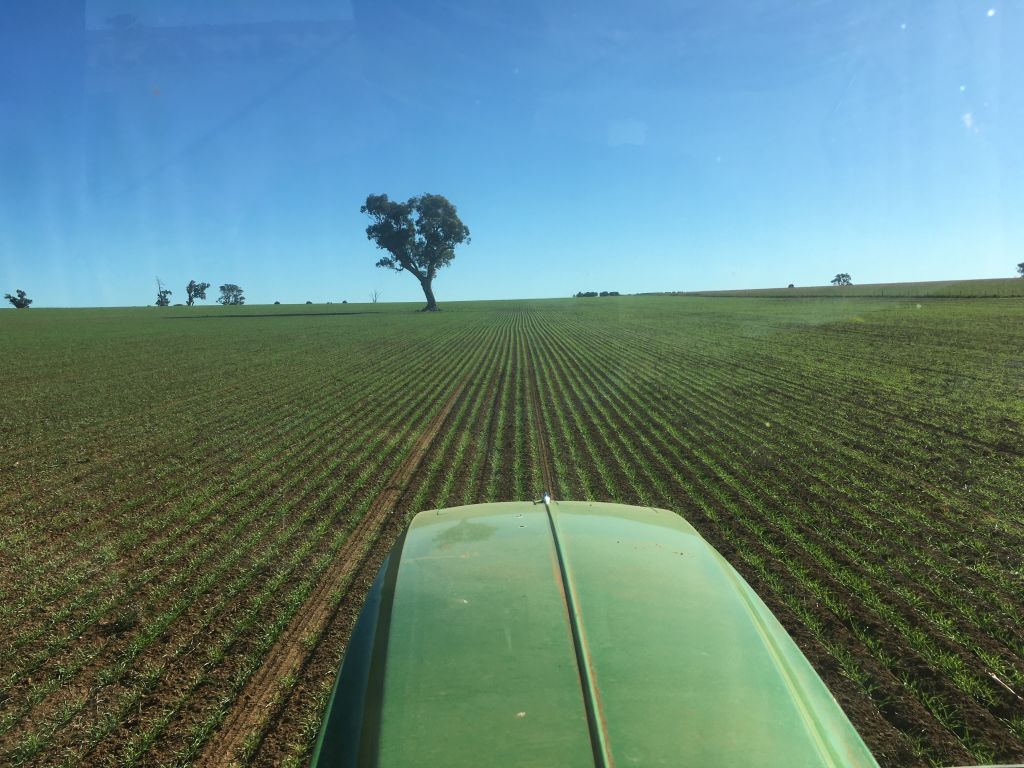
What jobs are there?
Farming is the main employment source in Binnaway, followed by education with Binnaway Central School employing both primary and secondary teachers.
Why should you move there?
Housing affordability is obviously a major appeal for people thinking of making a tree change, but Binnaway is also surrounded by boundless bush beauty and is powered by a community of can-do volunteers.
We recommend
We thought you might like
States
Capital Cities
Capital Cities - Rentals
Popular Areas
Allhomes
More
